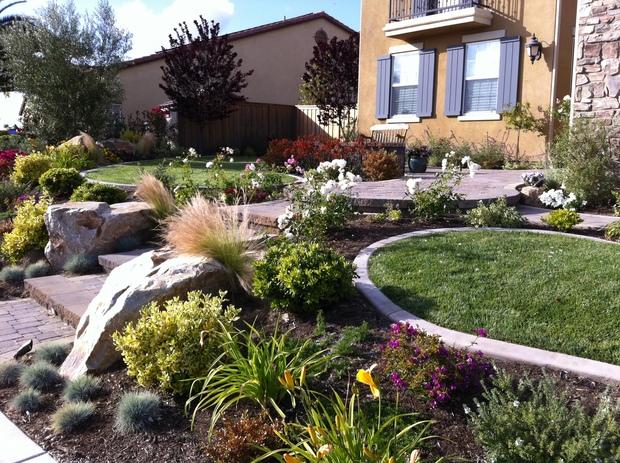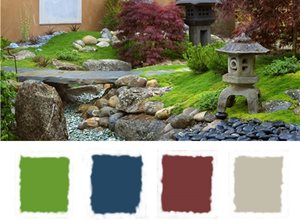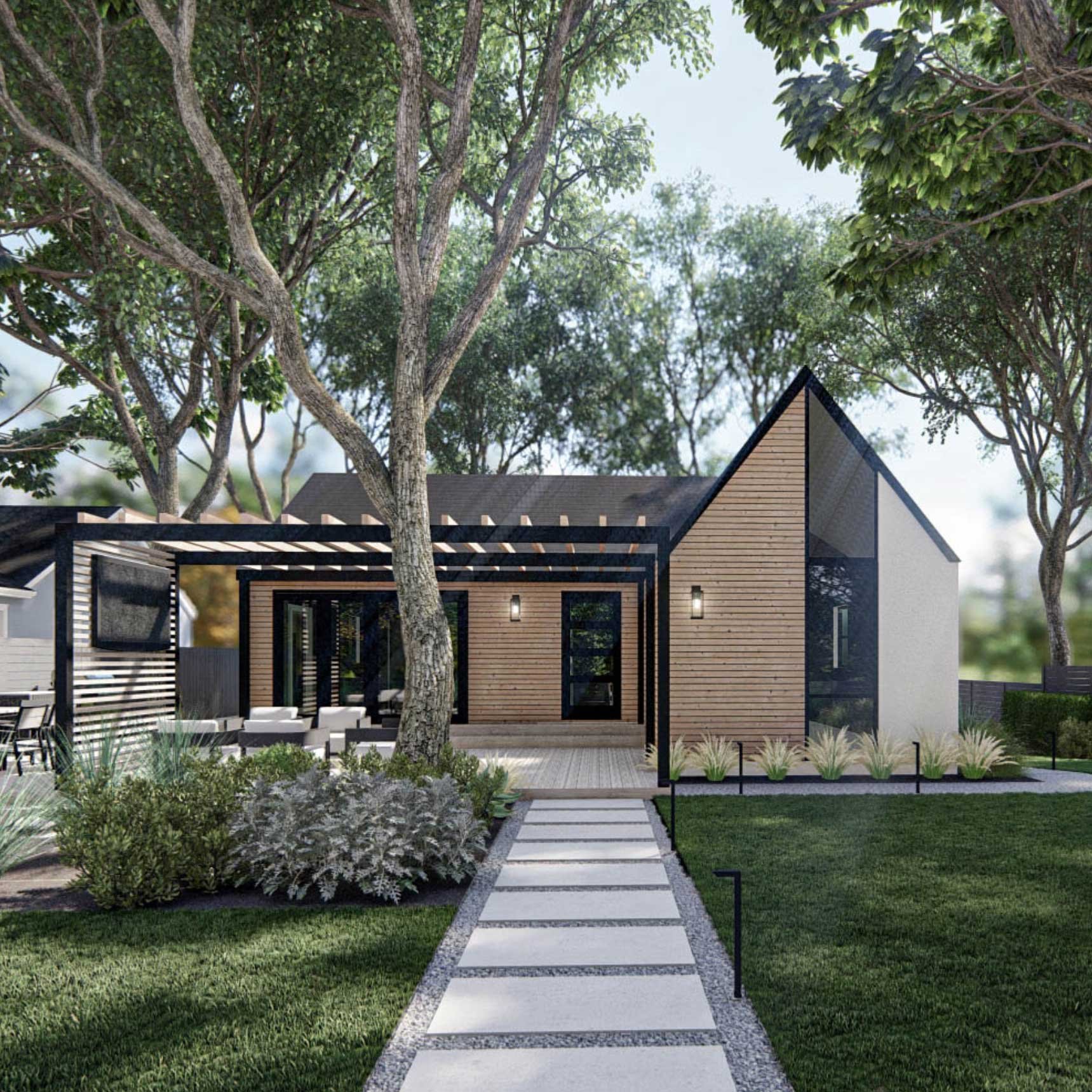10 Easy Facts About Landscapers Explained
10 Easy Facts About Landscapers Explained
Blog Article
Some Known Facts About Landscapers.
Table of ContentsThe Facts About Landscapers UncoveredLandscapers Things To Know Before You Get ThisAll About LandscapersNot known Incorrect Statements About Landscapers Landscapers Things To Know Before You BuyThe 20-Second Trick For Landscapers
- A yard function where water is stood for by an accumulated stone item, usually a crushed rock or granite.- A rock or natural flagstone patio, course, or pathway constructed without a concrete base.- A rock keeping or cost-free standing wall constructed without using mortar. A highly skilled mason is needed for a dry stack rock wall surface. Many walls in Rose city are not completely dry stacked, also if they seem. - A below ground structure that collect water and permits it to reduce percolate into the dirt around it.
Landscape layout that works with a websites' environment in both appearance and sustainability without negative impacts to the atmosphere. Edging in the landscape is a line of demarcation that produces visual rate of interest in the garden by separating one section from one more sector. This can be aesthetic or practical, keeping one aspect (such as pea gravel) from getting mixed right into one more (like bark dust).
Locations can likewise have a feeling of "unit" offered by trees, other growings, fencings, or screens. The landscape near the access to a building.
Things about Landscapers

The component in a landscape style or location in a landscape that is suggested to be most noticeable. The centerpiece can be a plant, rock, statuary, collecting area, or various other landscape feature. A design of gardens or yard elements that stress straight lines, appropriate angles and circles. Shrubs or bushes found in beds near the structure of a home or other structure.

The Only Guide to Landscapers
Rock product, either rounded or fractured, that is fairly tiny- typically 1" or much less. Low plants that are enabled or encouraged to spread out over an area. Can describe any "difficult" yard components including statuary or stones but a lot of generally is made use of to describe courses, outdoor patios, and walls.: Height difference between the level of water in a pond (or the level of the pump if it rests outside the fish pond) and the top electrical outlet of water which influences performance of the water pump in gph (gallons per hour). Thick hedges or trees that form a fencing, display, or boundary.
A chemical utilized to control weeds. Fencing boards that run horizontally, frequently used in contemporary or Japanese-inspired landscape styles. Lines that specify rooms within a landscape principle. These often extend from edges or crucial functions of an existing framework. Correct usage of fictional lines can assist the landscape feel linked to the home and other components.
Conventional PNW landscapes are casual. A plant that spreads out more than preferred, or into habitats where it does damage.
10 Simple Techniques For Landscapers
Can include head positionings and coverage, pipe sizing, GPM specifications, and products required to install this system. Certified specialist that designs landscapes, educated in engineering and design as well as in cultivation.
Landscape designers commonly have much less schooling than Landscape Architects and are not accredited. A finished landscape design, outlining all components for the new landscape.
Calcium product utilized to raise the pH in soil, which will certainly make it less hospitable to moss (Landscapers). A water limited HDPE product utilized beneath ponds, streams and waterfalls in water functions. Using lots of plantings of the same range to fill up in an area in the landscape. This can decrease upkeep and water usage in the garden.
A mix of cement, sand, and water that is made use of in rock masonry for establishing stones and joints. A layer of garden compost or bark dirt applied at the base of a plant. A mass visit this page planting of moss. A plant that existed in a geographical area prior to individuals started altering the landscape.
Unknown Facts About Landscapers
Just how the garden or a yard component is set up in relationship to an existing or new function or to an instructions. Preserving a grass without making use of chemical herbicides, pesticides, or fertilizers. Grasses that are not trimmed yet grown in landscapes as perennials. This is a partially open sided leisure or leisure location that adjoins a residence, made use of for amusing, outdoor dining and just taking pleasure in the outdoor environment.

Small round crushed rock. Plants that offer seasonal passion and afterwards pass away back in the winter season. Annuals do not come back the complying with period, yet perennials do. Winter turf that is the most common turf grass in Portland, OR and the remainder of the PNW.An open roofed structure over a patio or various other landscape feature.
The most typical landscape crushed rock in the PNW. Location of the landscape created to deal with rainfall water till it can soak into the ground.
Framework constructed from timber, concrete, leading rocks, blocks or various other products for stabilizing slopes and protecting against Read Full Article excessive erosion. Narrow watercourse. Developing a yard attribute consisting mostly of stones with growings that enhance and can prosper in the rocky setting. Sprinkler head style that turns a stream of water throughout an area.
An Unbiased View of Landscapers

Report this page